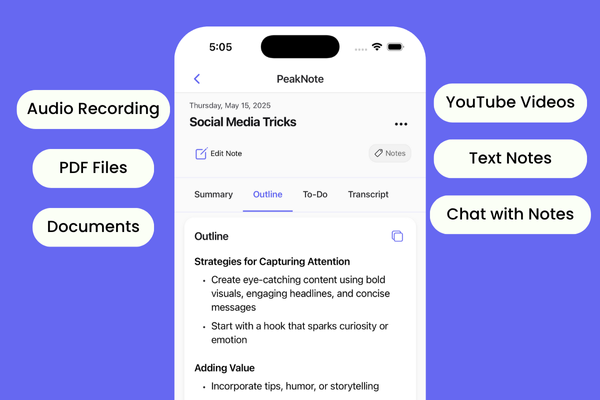The JavaScript Console is an integral part of the development process. It provides useful information to let you know what your code is doing, or where it has failed. The more complicated or complex your project is, the more specific output you want from your console. Luckily, nowadays there are numerous methods for developers to use in order to give feedback on their programs via the console. Read on for some of the top five JavaScript Console Methods.
1. console.log()
It displays the object's description, so to display the description of the variable "name", for example, you will use console.log(name). Console.log() is very commonplace in JavaScript programming.
Logging messages in the JavaScript console is a powerful way to visualize what is going on in a program. If you want to log something in the browser's JavaScript console, all you need to do is make a call to console.log().
let's take an example:
//logging variable
let name = "Joe";
console.log(name);
//output: Joe
//logging Object
let fullName = {firstName:"Joe",lastName:"Watson"};
console.log(fullName);
//output: {firstName: 'Joe', lastName: 'Watson'}
2. console.time()
console.time() is a built-in JavaScript method that you can use to track how much time has elapsed between console statements in the page's JavaScript console.
use console.timeEnd() to see the result of how much time has elapsed between console statements.
let's take an example:
console.time();
for (let i=0;i<5000;i++)
{
//do nothing
}
console.timeEnd();
//output: default: 0.092041015625 ms
3. console.error()
console.error() will display an error message in the console, along with the line number it came from. This is often useful for debugging. This method provides an accessible way to spice up JavaScript Errors. It accepts a message and allows you to output it, in bold, red letters just like most browsers would do themselves.

4. console.group()
console.group() is used to create a group. It is most commonly used for sorting nested groups or organizing output within the console so users can find their desired information faster.
console.log("Complex code execution started");
console.group();
console.log("Complex code statement 1 executed");
console.log("Complex code statement 2 executed");
console.log("Complex code statement 3 executed");
console.groupEnd();
console.log("Success!");
//output: please see the image below

5. console.warn()
This method prints a warning to the console with an optional object between brackets which provides additional details. console.warn() provides the simplest warning statement available, serving as an alternative to console.log().
Example:


